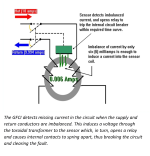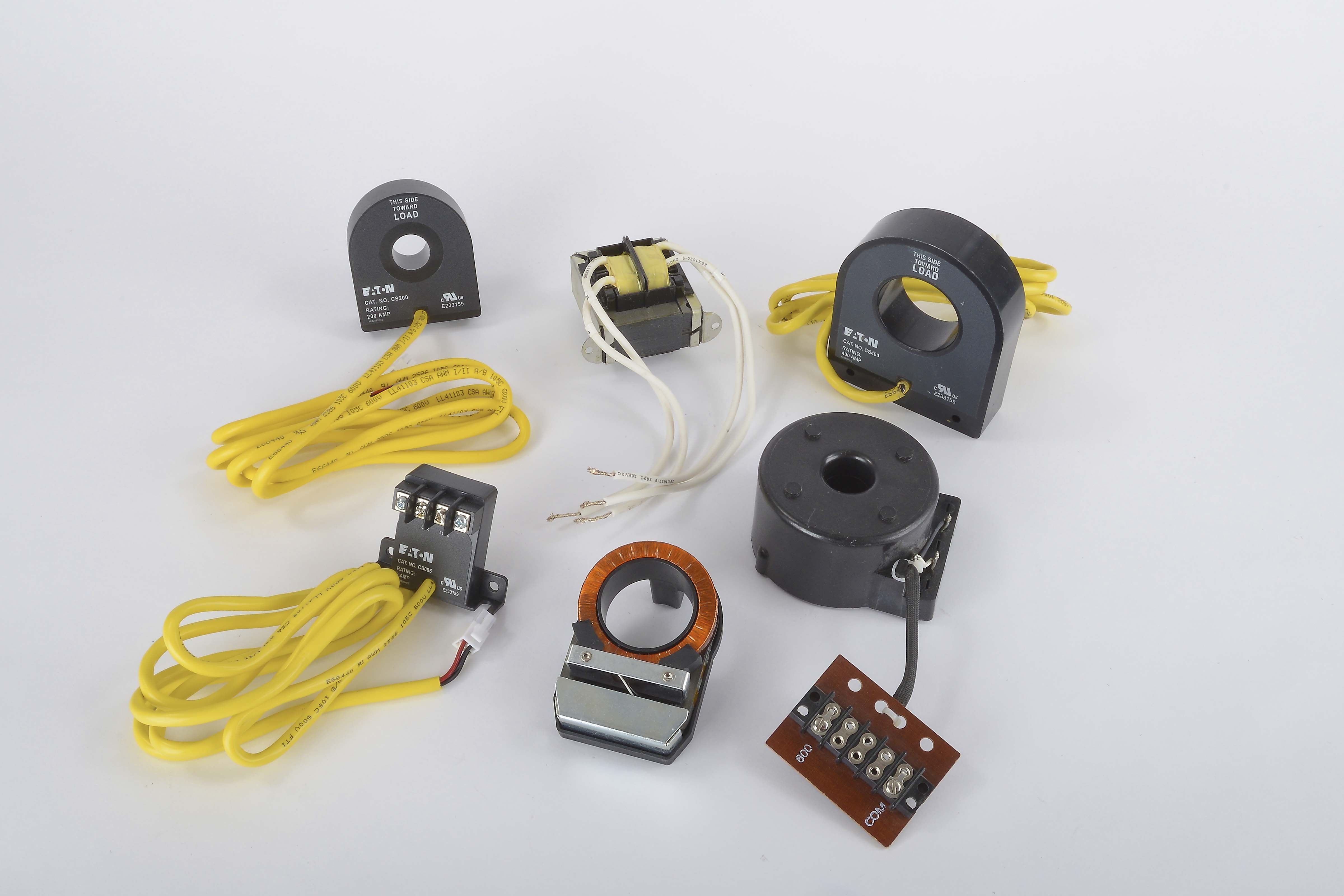The true purpose of the GFCI is to “sense” when there is a current leakage between a power source and a grounded surface.
The GFCI is designed to determine that there is a difference in the amount of electricity making its way into the circuit, versus some that might be “flowing out”.
In this situation, a small amount of current, as little as 4 or 5 milliamps, is detected by the “sensing coil” built into the GFCI device, and the unit “shuts” off the circuit, stopping the flow.
This reaction occurs less than one-tenth a second.
The product that “senses” this leakage, is simply called a “sensing coil”.
Typically made up of a high nickel ring core, in a case shaped like a donut that can be as small as a dime in diameter, wound with copper magnet wire, then sealed in a potted case, it is the critical part of a GFCI.
GROUND FAULT CIRCUIT INTERRUPTERS While the 1st version of the ground fault circuit interrupter (GFCI) was developed in the early ‘60s, it was in the 70’s they became more prevalent in the form of circuit breaker types. Quite unreliable due to false readings and nuisance “tripping of the...
galaxytransformers.com

How does GFCI protection work?
GFCI’s use an ingeniously simple mechanism for detecting stray currents.
They utilize a doughnut-shaped iron ring inductor called a toroidal coil to help contain magnetic fields.
Both the hot (supply) and neutral (return) legs of the circuit are coiled around the sides of the ring.
Along with these, a secondary coil is used for a sensor that would naturally pick up induction through any magnetic fields created by current in the live circuit.
With this set-up, as long as the hot and neutral currents are equal, their magnetic fields cancel one another, and no current is induced into the sensor coil.
If they become imbalanced, which would indicate a ground fault, a current is induced into the sensor which in turn activates a relay to open internal contacts in the receptacle, thus breaking the circuit and stopping current flow.
Service Plus Electrical Solutions is an electrical contractor based out of Hutchinson, Kansas with an emphasis on high safety standards and innovative approaches that bring you more peace of mind, convenience, and energy savings.

www.servicepluselectrical.com









